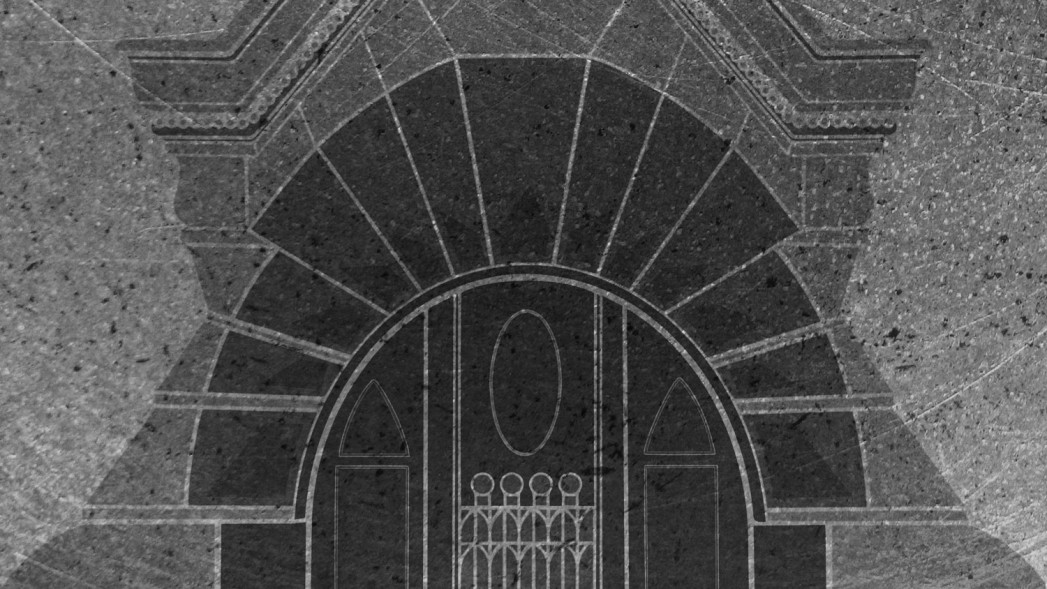It’s been 30 years since the ugly news broke that managers at Eastern Cemetery — the scruffy next-door neighbor to lush, manicured Cave Hill Cemetery in the Highlands — had for years been burying multiple remains in single grave sites around Eastern’s 28 acres. Over time, under court-ordered receivership and subsequent neglect, vandals (and Mother Nature in the form of sinkholes and tree roots) knocked over headstones and toppled monuments, and grass-mowing and tree maintenance became very occasional tasks. And yet, thanks to a volunteer group called Friends of Eastern Cemetery, the tombstone-dotted terrain is making a notable comeback. Roughly half of the 50 or so volunteers, says member Andy Harpole, have family ties to Eastern’s deceased population.
The cemetery’s origin goes back to 1844 (predating Cave Hill), when two Methodist Episcopal churches began burying deceased parishioners on the initial 15 acres. An on-site bronze plaque lists later ownership as “Louisville Crematory and Cemetery Co. Inc./Eastern Cemetery 1848.” The graveyard is separated from Cave Hill by the latter’s long and high red-brick wall. About a third of the way toward Eastern’s rear stands an impressive, Disneyesque stone wake house (aka receiving vault) designed in the early 1890s by renowned architect Arthur Loomis — whose résumé includes the neoclassical Speed Museum, Old Louisville’s Conrad-Caldwell House, the Louisville Medical College Building at First and Chestnut, the Levy Brothers Building at Third and Market, and several local churches and libraries. The illustration above depicts that wake house.
Just to the southeast of it and about 35 feet from the Cave Hill wall you can find the now-leaning monument of 19th-century African-American dignitary Washington Spradling (1802-1868), born a slave but by the time of the Civil War a local real estate tycoon. His white father, who died in 1814, purchased the family’s freedom, and Spradling — who took up barbering, with many affluent customers — bought not only his wife’s and children’s freedom (maternal lines determined social status back then) but the freedom of 33 other slaves. His namesake son would use his inheritance to found Smoketown.
Other African-American luminaries buried at Eastern include ex-slave William Simmons (1849-1890), who served in the Union Army in the Civil War and went on to become president of Kentucky Normal and Theological Institute, renamed Simmons College of Kentucky in 2005; educator and activist Albert Meyzeek (1862-1963), who became principal at three Louisville schools (Jackson Junior High was renamed in his honor) and helped found the Louisville Urban League, which he chaired for 29 years; the much-loved writer, teacher and community organizer William Gibson (1829-1906); and boxer Rudell Stitch, who rose to No. 2 in the welterweight world and sparred with a young Cassius Clay before drowning in the Ohio River at age 27 in 1960.
This originally appeared in the September 2019 issue of Louisville Magazine under the headline “Graves Matter.” To subscribe to Louisville Magazine, click here. To find us on newsstands, click here.
Illustration by Shae Goodlett, shaedraws.com


